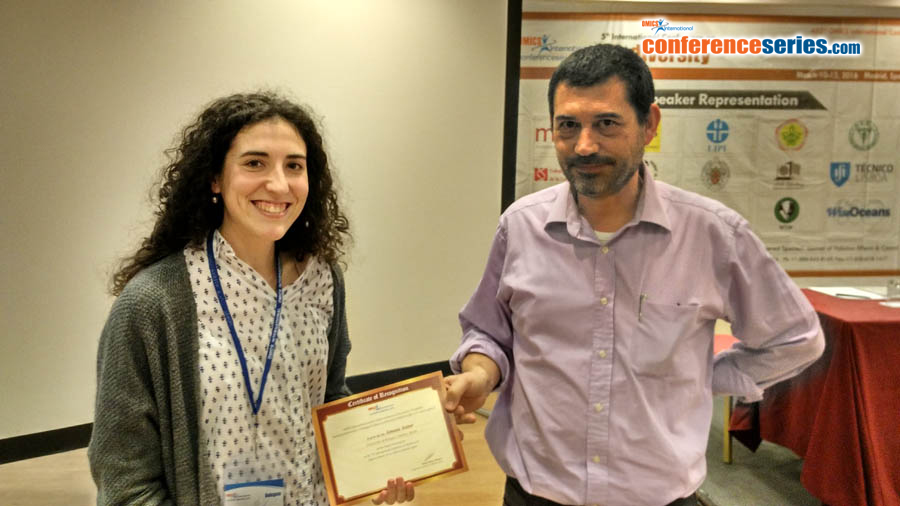Amaia Autor
University of Basque Country, Spain
Title: The physiological basis for growth differences between two clam species (genus Ruditapes): Allometric size-scaling relationships
Biography
Biography: Amaia Autor
Abstract
Clams (genus Ruditapes) constitute one important component of infaunal macrobenthic communities in coastal areas. Coexistence of two species–the native clam (R. decussatus) and the Manila clam (R. philippinarum) introduced some decades ago for commercial purposes in the intertidal zone along the Atlantic coast, poses the question of resource partitioning among populations of both species since these clams share a common filter – feeding mechanism. In this study, two main physiological components of the individual energy balance–filtration and metabolic rates were determined in these clams in order to ascertain whether differences in physiological behavior accounted for higher rates of growth reported in the introduced species (FAO reports). To cover growth trajectories, measurements were performed for a wide size-range of clams and physiological rate determinations formalized through allometric size-scaling relationships. Comparisons of allometric equations using ANCOVA showed lack of significant inter-specific differences in size exponents for either filtration or metabolic rates. Concerning the intercepts, differences were found no-significant for metabolic rates while intercept for filtration rates was significantly higher in R. decussatus. Thus, results do not support the expectation of higher filtration in the introduced species as inferred from their higher rates of growth reported. However, present filtration rates were based on active filtering individuals and complementary information concerning cycles of activity in both species is needed in order to achieve environmentally realistic assessments of energy acquisition.



